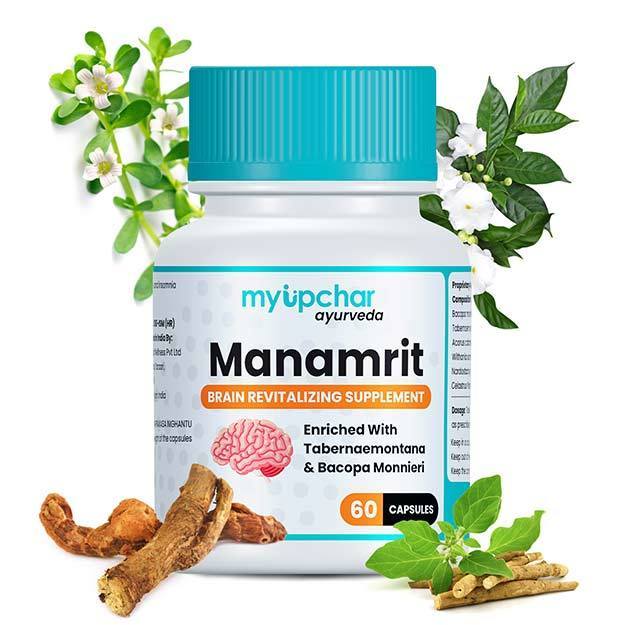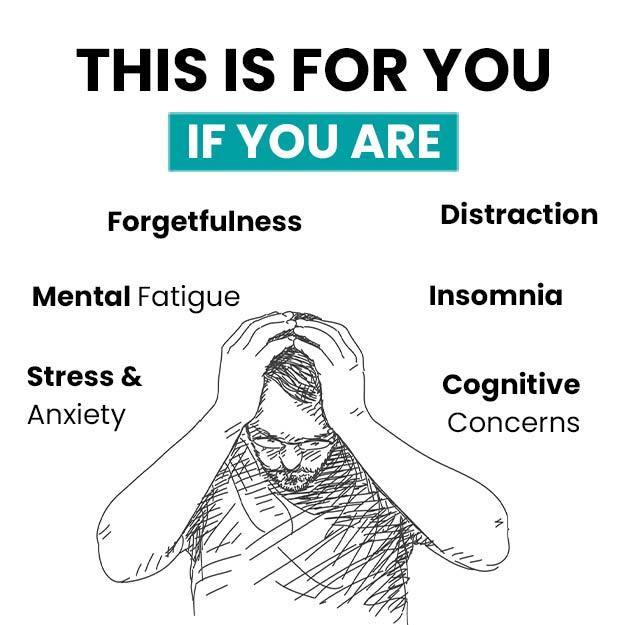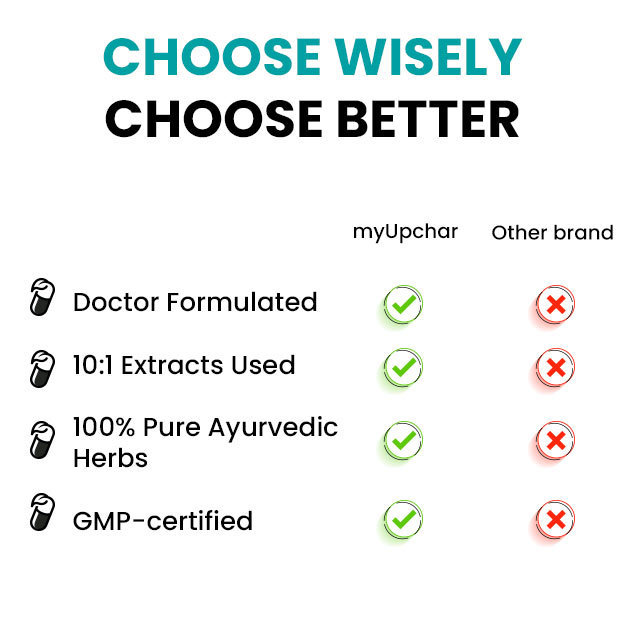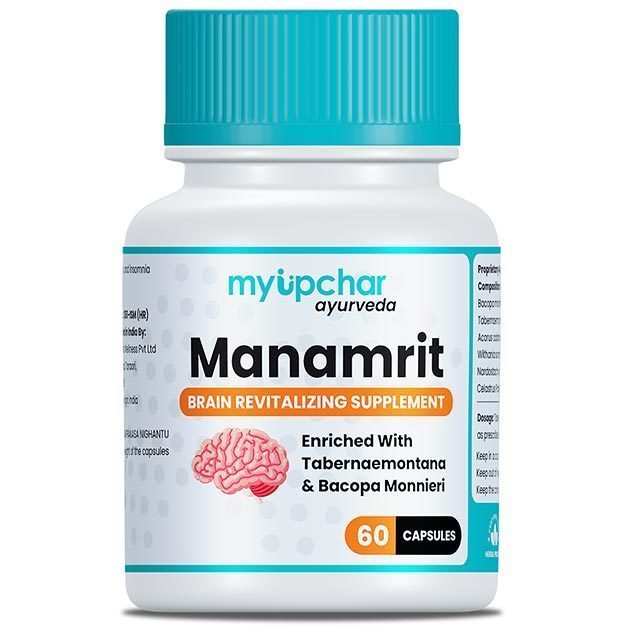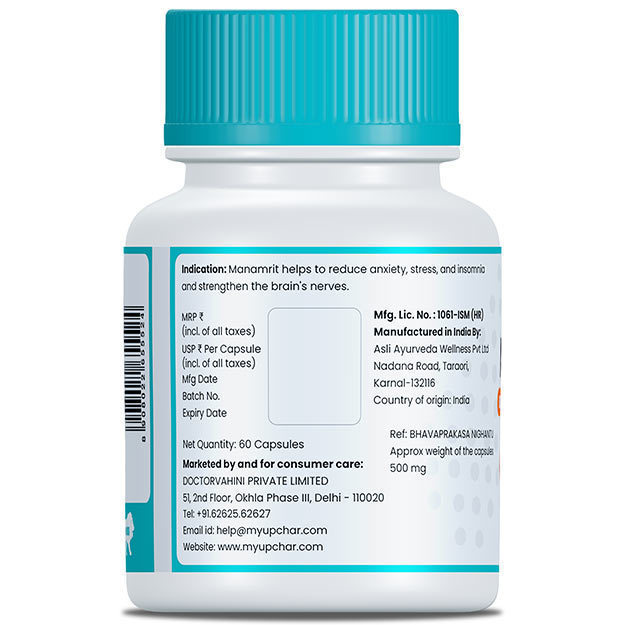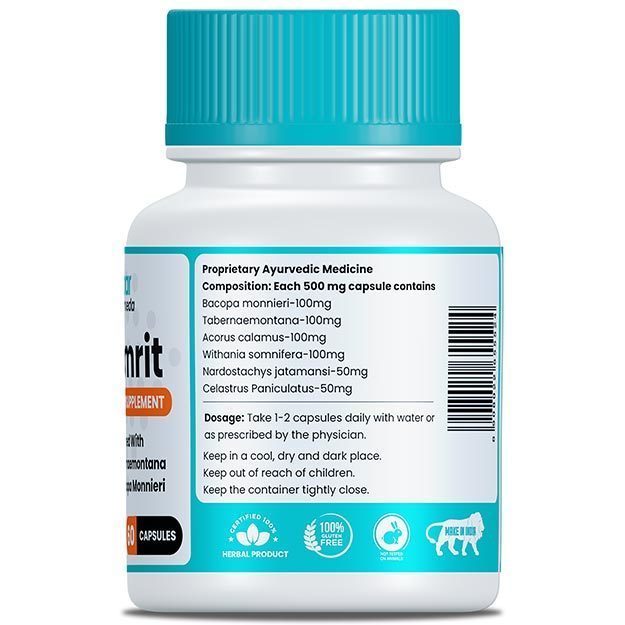Most of the symptoms of stroke are similar in men and women, such as high blood pressure, high cholesterol, diabetes (sugar) and atrial fibrillation (irregular heartbeat). Smoking can increase the risk of stroke; for women, some other reasons can also increase the risk of stroke. Women can take Prajanas Woman Health Capsule to improve their health, balance hormones and strengthen the reproductive system.
Using birth control pills may increase the risk of stroke and blood clots in women.
If women still want to use birth control pills, then women should get tested for risks associated with the pill, such as blood clots or stroke, high blood pressure, smoking addiction, or being overweight. If there is any other safe option then keep information about it also. The amount of estrogen in the pill may cause blood clots or stroke. If a woman has a stroke while taking the pill, she will probably be advised to stop using it.
Pregnant women have a very low risk of stroke, but pregnancy and childbirth increase the risk of stroke. During pregnancy, regular blood pressure checks can detect signs of pre-eclampsia, a condition that can increase the risk of stroke.
Migraines affect women more than men, and although it is not a direct cause of stroke, if you also experience hallucinations during a migraine, you may be at risk for stroke.
(Read more: Home remedies for migraines)
Lupus is an autoimmune condition that affects the skin and joints, causing pain, fatigue, and sometimes kidney damage. The severe form is called systemic lupus erythematosus (SLE). SLE mainly affects women under the age of 50, and is more common in women of African, Caribbean, or South Asian descent. If a woman has lupus, she should be monitored and given treatment to manage the condition.
In the years leading up to menopause, women are at increased risk for stroke, such as diabetes, high blood pressure and weight gain. Estrogen is believed to protect the heart and blood vessels, helping to reduce the risk of stroke during menstruation. The risk of stroke increases after menopause. The risk of stroke also increases if you have had premature menopause, medical treatment, or surgery that stops estrogen production. For other female health related problems, you can take Ashokarishta, Chandraprabhavati, Kachnar Guggulu, Patrangsava from Mai Upchar.
(Read more:Menopause: Age, causes, symptoms, management )
- Staying healthy during Menopause
If a woman has previously had a stroke and is going through menopause, the woman may need advice about some things she can do to stay healthy and reduce the risk of another stroke. Staying active and eating healthy foods can help prevent conditions like high blood pressure, diabetes and weight gain. Staying active can help keep bones healthy, as well as improve fatigue and bad mood.
- Bladder and Bowel Problems
There may be problems controlling your bladder and bowels after a stroke, but they gradually improve over a few weeks after the stroke. Problems like leakage of urine or stool or constipation can also occur for a long time. Solutions to this problem may include eating fiber-rich foods, drinking more fluids, and doing pelvic floor exercises.
- Emotional Effects of Stroke
It is often seen that the emotional impact of a stroke can be huge, affecting family and friends as well. Many women feel sad at the changes in their lives. It is normal to feel angry, shocked, and depressed after a stroke. Women may feel more anxious or sad, or they may have trouble sleeping.
Talking about your feelings can help your friends and family understand what you are going through. If you feel very sad or anxious, contact your doctor.
Stroke can change women's lives in many ways; many women may feel a loss of their independence, close relationships may be affected. It is also very common to feel that your relationship with your partner and sex life have changed after a stroke.
Some of the physical effects of a stroke can change your sex life, such as bladder and bowel problems, fatigue, and muscle weakness. Although sex is very unlikely to cause a stroke again, talk to your doctor if you're concerned. Can take advice. Sometimes stroke can affect confidence and self-esteem, making it difficult to even talk to people. However, many people still have happy, healthy relationships after a stroke. If you still have sex-related problems, it may be a good idea to seek help from a doctor or psychologist.




